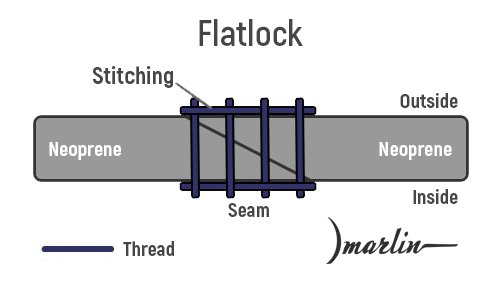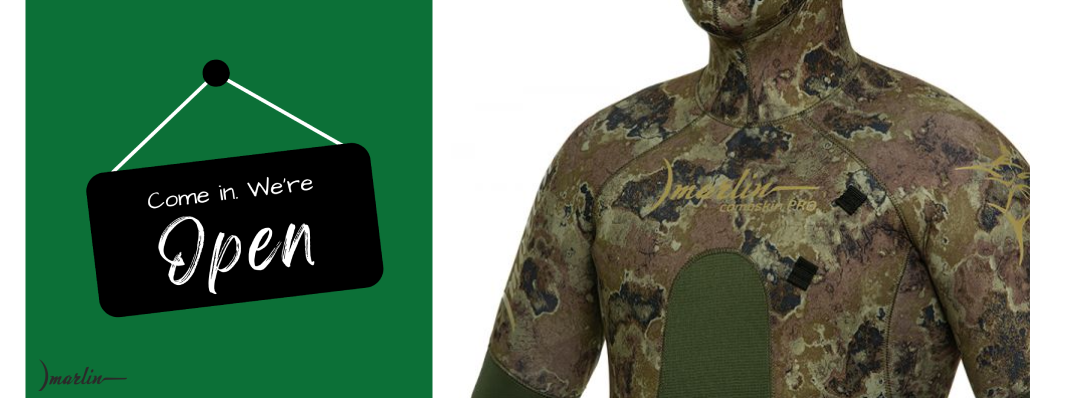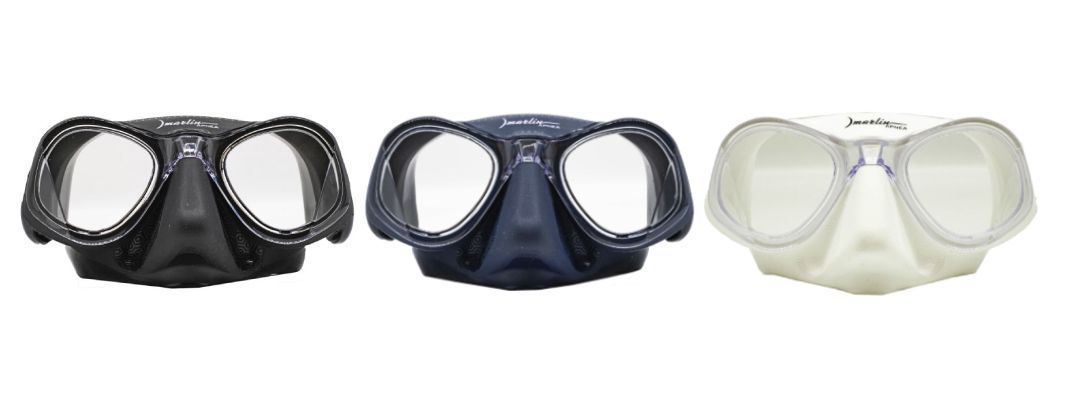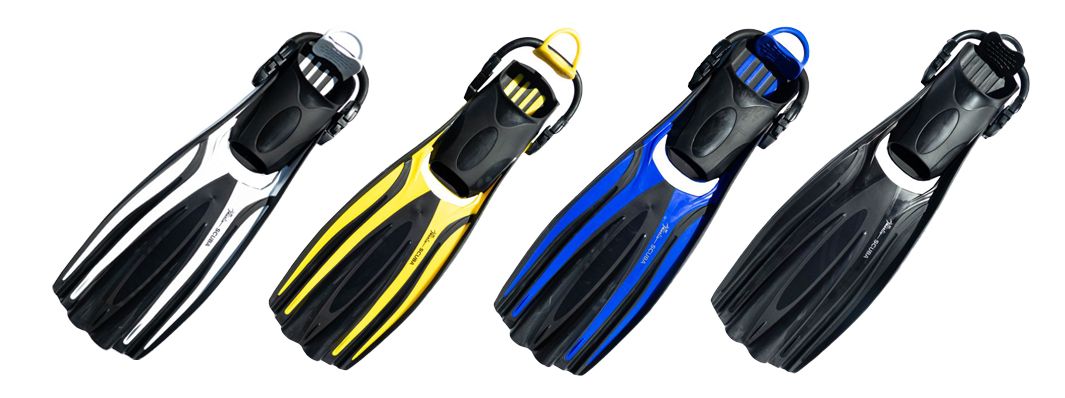Wetsuit Seams: What Are They? What Seams Are in Marlin Brand Wetsuits?
- Wetsuit Seams: What Are They? What Seams Are in Marlin Brand Wetsuits?
- What Are Wetsuit Seams?
- Common Types of Wetsuit Stitching
- Flatlock Seams
- Blind Stitched Seams (GBS – Glued and Blind Stitched)
- Overlock Seams
- Seam Reinforcements and Water Resistance
- Taped Seams
- Liquid Sealing
- Xtend Neoprene Tape
- Why Seams Matter in a Wetsuit
- Choosing the Right Wetsuit Seams for Your Needs
- Conclusion
Wetsuit Seams: What Are They? What Seams Are in Marlin Brand Wetsuits?
Wetsuits are essential for anyone participating in scuba diving, spearfishing and other water activities, providing insulation and protection from cold water, wind, and UV rays. However, an often-overlooked aspect of wetsuit performance is the type of seams used. Seams can impact the wetsuit's durability, waterproofness, flexibility, and overall comfort. Marlin, a wetsuit brand, focuses on high-quality seam construction to ensure optimal performance across its product range. In this article, we’ll explore what wetsuit seams are, their importance, and the specific seam technologies Marlin uses in its wetsuits.
What Are Wetsuit Seams?
Wetsuit seams are the joints where two or more panels of neoprene are sewn together. These seams are crucial because they affect the overall functionality of the wetsuit. A good seam ensures that water is kept out, maintaining the wetsuit's insulation properties. At the same time, it must allow enough flexibility for comfortable movement. Wetsuit seams are especially important in cold-water conditions, where leaks can significantly reduce the wetsuit's ability to retain warmth. Different types of seams offer different levels of waterproofing, flexibility, and durability. Common seam types include flatlock, blind stitching, and glued seams. Let’s break down the common seam types and how they differ:
Common Types of Wetsuit Stitching
Flatlock Seams
Flatlock stitching is the most common type of seam found in wetsuits designed for warmer waters.This method involves overlapping two pieces of neoprene and stitching them together with a flat seam. While flatlock seams are strong and durable, they are not entirely waterproof, as the stitching needle penetrates both panels. This means water can seep through the tiny holes created during stitching, making flatlock seams more suited for warm water conditions. However, flatlock seams allow for excellent breathability and are commonly used in summer wetsuits or for warmer watersports.

When to Use: Flatlock stitching is best for warmer water sports like surfing or paddleboarding in mild climates. It offers breathability and comfort but sacrifices water resistance.
Blind Stitched Seams (GBS – Glued and Blind Stitched)
Glued and Blind Stitched (GBS) seams is a more advanced technique used in wetsuits designed for cold water. The neoprene panels are glued together before being stitched, and the stitching needle only penetrates partway through the fabric. This results in a strong and durable seam that is also highly water-resistant, ensuring minimal water entry. Blind stitched seams are ideal for cold-water wetsuits, where keeping water out is crucial for maintaining body heat.
When to Use: Blindstitched wetsuits are best for colder water activities like scuba diving, spearfishing or freediving, where keeping water out is crucial. They are warmer and more resistant to water than flatlock-stitched wetsuits.
Overlock Seams
Overlock seams are often used for areas where flexibility isn't as critical, like edges and less stressed parts of a wetsuit. The panels of neoprene are overlapped and then sewn together. This seam type isn't typically used for high-performance wetsuits as it doesn't provide the same level of waterproofing and flexibility as flatlock or blind stitching.
When to Use: Overlock stitching is less common for main seams but is frequently used on the edges of wetsuits.
Seam Reinforcements and Water Resistance
In addition to the basic stitching methods, various reinforcement techniques can further improve a wetsuit’s durability and water resistance. These reinforcements ensure that the seams stay watertight and prevent premature wear.
Taped Seams
Taped seams are created by applying a strip of neoprene tape over the inside seam of the wetsuit. The tape is then heat-sealed, ensuring a watertight bond. This reinforcement enhances the wetsuit's ability to resist water, adding extra durability.
Liquid Sealing
A liquid sealant is applied over the seam to ensure water resistance. This technique adds a rubber-like coating on the outside, further sealing the seams and preventing leaks. It is often found in high-performance wetsuits designed for extreme cold water.
Xtend Neoprene Tape
Xtend tape is a specialized reinforcement technique where neoprene tape is applied to the inside of the wetsuit seams. This helps enhance the seam’s waterproofing and reduces skin irritation, providing both durability and comfort.
Why Seams Matter in a Wetsuit
Seams are crucial to the performance of a wetsuit because they affect three key factors:
Waterproofing: A wetsuit is only as good as its ability to keep cold water out. Poorly constructed seams can let water seep into the suit, decreasing its insulation properties. This is particularly important in cold-water conditions.
Durability: Wetsuit seams are constantly exposed to stretching, bending, and pressure, especially in high-motion areas like the shoulders and knees. Durable seams ensure that the wetsuit can withstand frequent use without tearing or breaking down.
Flexibility: Wetsuits are designed to fit snugly against the body, and the wearer must be able to move freely while engaging in water sports. Flexible seams allow the wetsuit to stretch and conform to the body's movements without causing discomfort or restriction. Whether swimming, surfing, or diving, a wetsuit with elastic seams ensures that your range of motion is not hindered, allowing for smoother, more natural movement.
Choosing the Right Wetsuit Seams for Your Needs
The choice of seam construction should depend on the type of water activity and the environmental conditions in which you’ll be using your wetsuit. If you’re frequently in cold water or need a wetsuit for high-performance activities like surfing or diving, look for Marlin wetsuits with GBS or liquid-sealed seams. These will keep you warmer and provide better water resistance.
On the other hand, if you’re using your wetsuit in warm water or for casual activities, flatlock seams might be sufficient, as they provide good flexibility and durability without the higher cost of more advanced seam technologies.
Conclusion
Wetsuit seams play a critical role in determining how well your wetsuit performs, from waterproofing and durability to flexibility. Marlin brand wetsuits offer a range of seam technologies, from GBS to liquid-sealed seams, ensuring you have the right suit for your water sport and conditions. Understanding the importance of seams and their role in your wetsuit’s construction will help you make an informed choice, ensuring that your wetsuit keeps you warm, flexible, and comfortable for your next adventure in the water.










